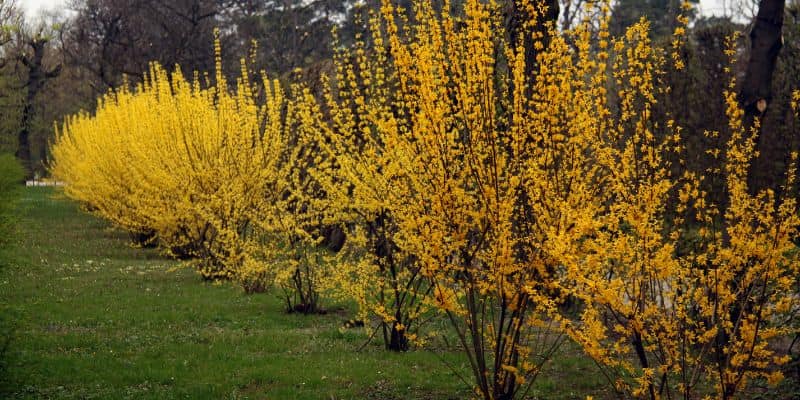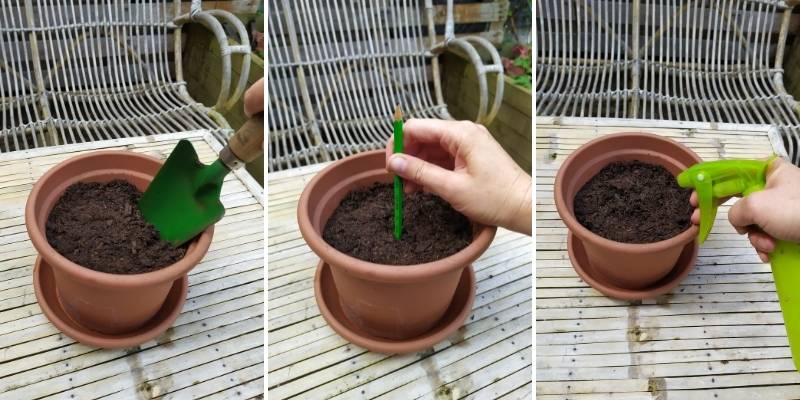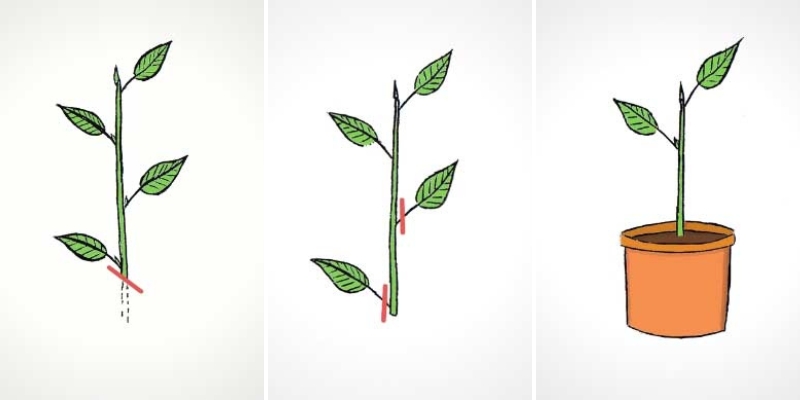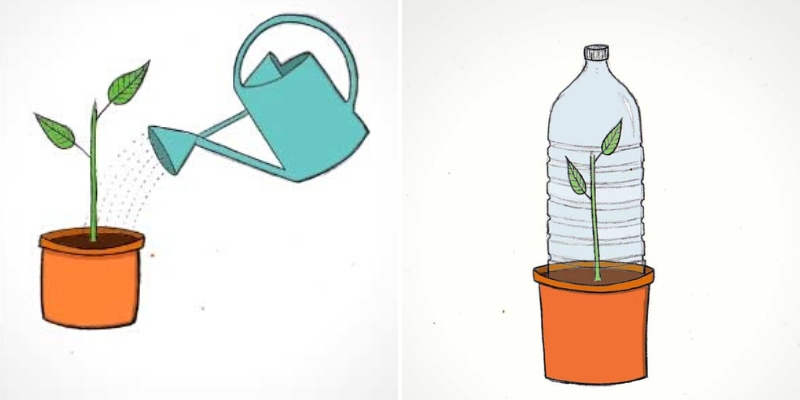Forsythia is a vibrant shrub that brightens up the garden with its extraordinary golden yellow flowering. Well known for heralding the arrival of spring, this Asian-origin bush is one of the first to bloom after winter. It thrives fully in the sun in well-drained soil. Easy to maintain, it fits well in hedges or as a standalone feature. For those wishing to see it proliferate, propagation by cuttings is an ideal technique. This adds an extra touch of brightness to a flowerbed, green space, or even your balcony.
Discover in our tutorial when and how to propagate forsythia with our detailed guide.

When to propagate Forsythia?
The ideal time to propagate forsythia is at the end of summer, typically between August and September. During this period, the bush has completed its intense growth phase, and the stems are mature enough to encourage successful cuttings. Performing this action at this precise moment allows for vigorous cuttings, ready to root before winter arrives, thus ensuring better survival and growth in the following spring.
How to propagate Forsythia?
1- Prepare your pots by filling them to within 2 cm of the top with seed and potting compost or a mix of 2/3 horticultural compost with 1/3 sand for gardens. Lightly compact this substrate with your hands.
2- Moisten the substrate using a spray bottle, preferably with rainwater.
3- Using a pencil or stick, make a hole 5 to 7 cm deep in the substrate to accommodate the cutting without damaging it.

4- Examine your forsythia. Select vigorous stems that are free from disease or stress. Choose semi-woody stems, meaning stems from the current year that are partially flexible but in the hardening phase.
5- Using a clean pruning shear, cut segments of stem about 10 to 15 cm long, just below a node.
6- Remove all leaves from the lower part of the cutting. On the top of the stem, leave only 2 to 4 leaves to reduce the plant's transpiration and prevent it from exhausting itself.
7- To facilitate rooting, you can, with a knife, make a lengthwise incision in the bark at the base of the cutting, about 5 cm long.
Optional: dip the cut end in rooting hormone to increase the success rate.
8- Then plant the cutting in the prepared hole, burying about 5 cm of stem.

9- Gently compact the substrate around the cutting and water lightly.
10- To maintain constant humidity, place a bell or a translucent bag supported by bamboo stakes or a cut plastic bottle over the cutting. Ensure that the cutting does not touch the bell directly to avoid mould.

11- Place your cuttings in a bright location, but out of direct sunlight. Keep the substrate slightly moist, but avoid overwatering.
12- After 4 to 6 weeks, the cuttings should start to form roots. You can then remove the bell and, if necessary, transplant the young plant into a larger pot.
13- During winter, place your young plants in a bright location, but protected from frost, such as in an unheated conservatory or greenhouse. Reduce watering during this period.
Planting a Forsythia cutting
- Planting your young forsythia plants should be done at the beginning of the following spring, in slightly moist and well-drained soil.
- When planting, consider enriching your soil with an organic fertiliser or compost to promote good growth.
- With its bright yellow flowering, forsythia is ideal for enlivening hedges and flowerbeds. Ensure to space them about 1 to 1.5 m apart to allow for full growth.
- During the first year after planting, regular watering is essential, especially during dry periods.
The equipment needed to propagate Forsythia
- one or more large pots depending on the number of cuttings, or a seed tray
- a knife
- a clean and disinfected pruning shear
- a bell, a bottomless plastic bottle, or a transparent plastic bag for creating a humid environment for cuttings
- a spray bottle with rainwater
- seed and potting compost or a mix of 2/3 horticultural compost and 1/3 sand for gardens
- a pencil or stick
- a rooting activator (optional)
Further reading
- Find everything you need to know in our guide on Forsythia: planting, pruning, and maintenance.
- Explore our varieties of Forsythias.
































Comments